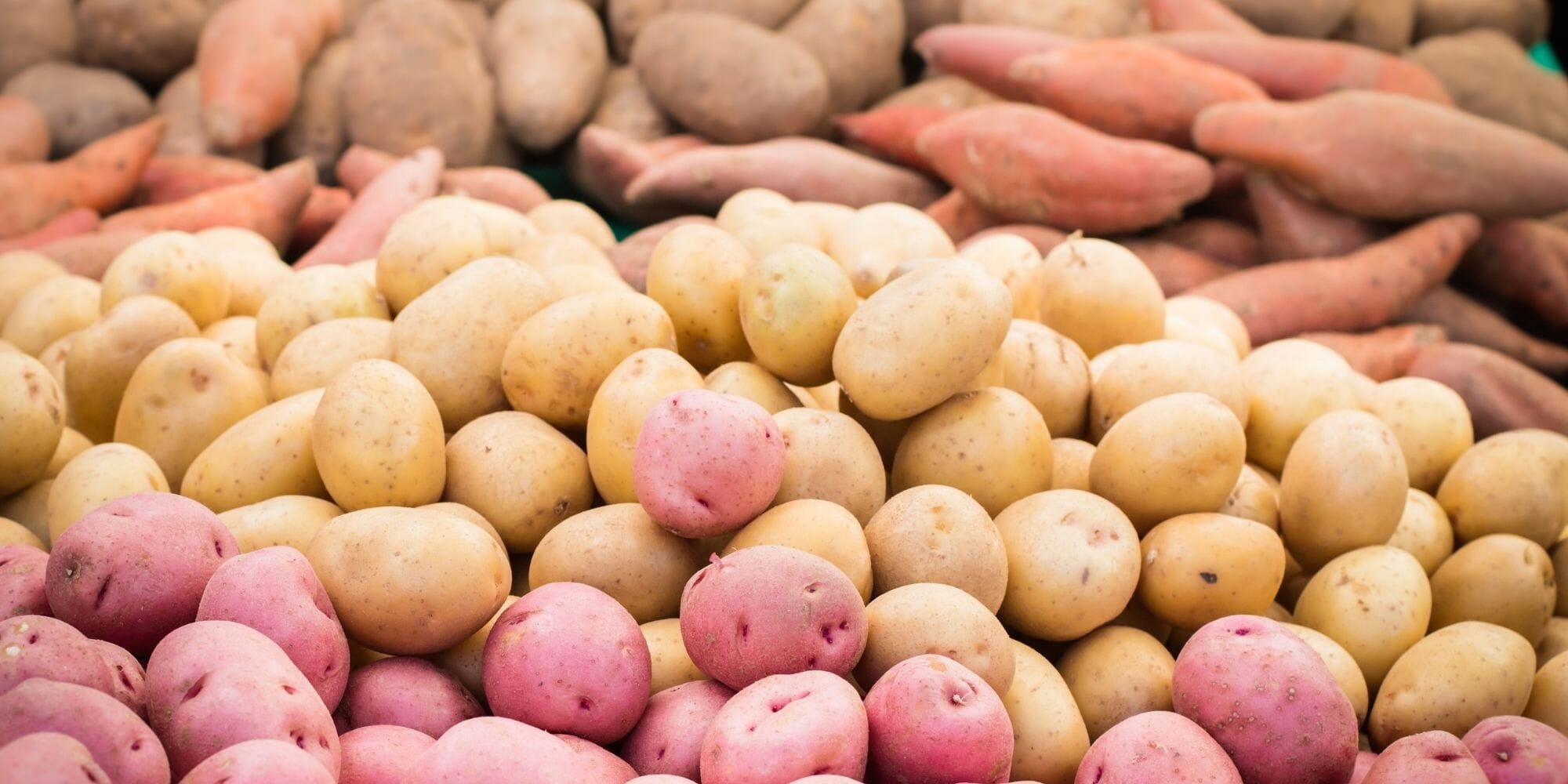Are Carbohydrates Healthy?
If you spend too much time on social media then you may be led to believe that carbohydrates are unhealthy. But this couldn’t be further from the truth and there are numerous reasons to include carbohydrates in a balanced diet. Here is why we recommend that you eat carbs, our recommended sources, and our guide to serving size.
Why You Need Carbohydrates
You need carbohydrates for two reasons. First, they are the body's main source of energy and are broken down into simple sugars your body burns for energy. Yes, we just dropped the “s” word, but in this scenario, they are needed sugars.
Second, carbohydrates provide micronutrients. Colorful fruits and vegetables are a great source of vitamins and minerals, which are essential for a wide variety of your body's processes.
Different Carbohydrate Sources
Not all carbohydrates are created equal. To maximize the energy and satiety benefits of this nutrient, you need to understand how many grams of carbohydrates are in a serving of food. Foods that contain higher amounts of carbohydrates will contain more energy (calories) than foods with lower amounts of carbohydrates, relative to weight.
To compare, we’ll look at how many carbohydrates 100 grams of different foods provide.
Dried fruit, white rice, oats, and bananas are some of the most carbohydrate-dense foods. They have 70-23 grams per serving. We recommend eating these sources post-workout, and more active individuals will need more of these foods than sedentary individuals.
Lentils, sweet potato, white potato, and apples are moderately carbohydrate-dense, ranging from 20-15 grams per serving. These are perfect for breakfast, lunch, or dinner.
Butternut squash, carrots, strawberries, and other non-starchy vegetables are the least carbohydrate-dense, ranging from 12-5 grams per serving. These can be eaten at any time of the day and make great snacks. They also offer a high number of micronutrients.
Now that we covered our favored carbohydrates, let’s look at how to determine serving size.
How to Determine a Serving Size
The best way to determine a serving size without weighing your food is to use your hands as a reference. Our friends over at Precision Nutrition, suggest that one serving of carbohydrates is equal to one cupped handful.
As a general rule of thumb, women or smaller individuals should aim to have one serving, one cupped handful, of carbohydrates with every meal. Men should have two servings per meal. However, activity levels, goals, body composition, and other factors mean that someone may need more or fewer carbohydrates.
Spreading out your carbohydrates between all your meals will keep you full of energy and satiated for the whole day.
Why Carbohydrates Have a Bad Reputation
Carbohydrates have a bad reputation because they can be easy to overeat. However, don’t let that scare you away from them. With a simple understanding of quality carb sources and how to control your portion size, this nutrient will help you reach your fitness goals.
Do you have trouble knowing how much to eat? Do you wish you had some guidance? If so, find an OPEX Gym near you and start working with your very own coach today.
